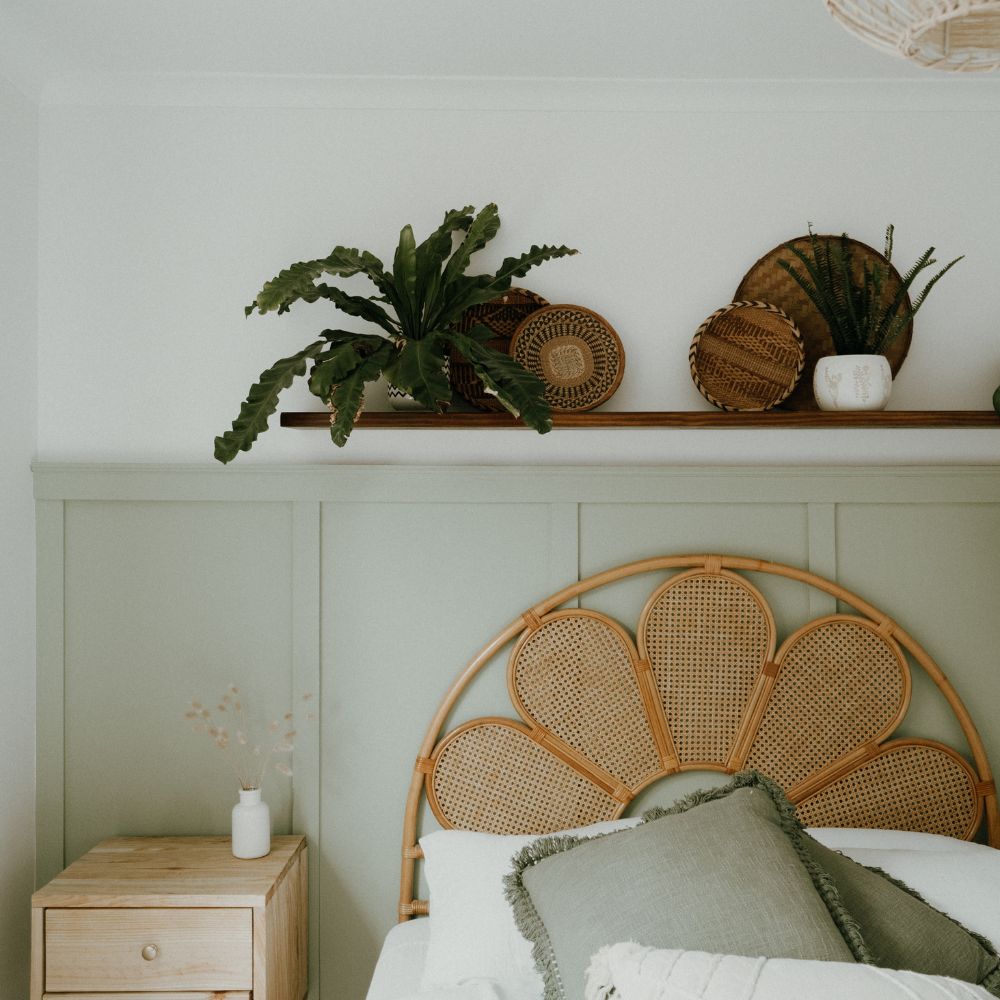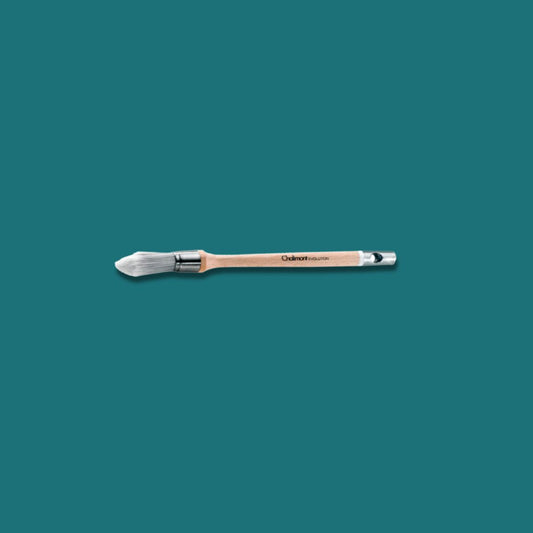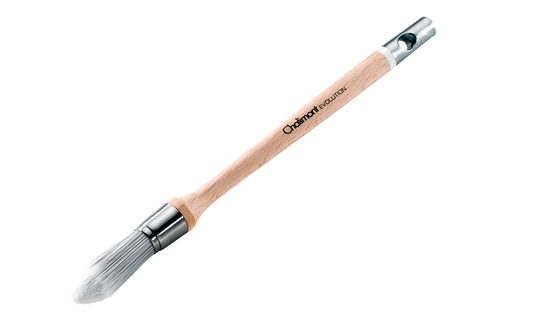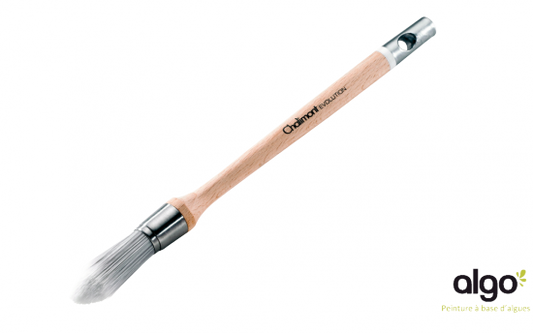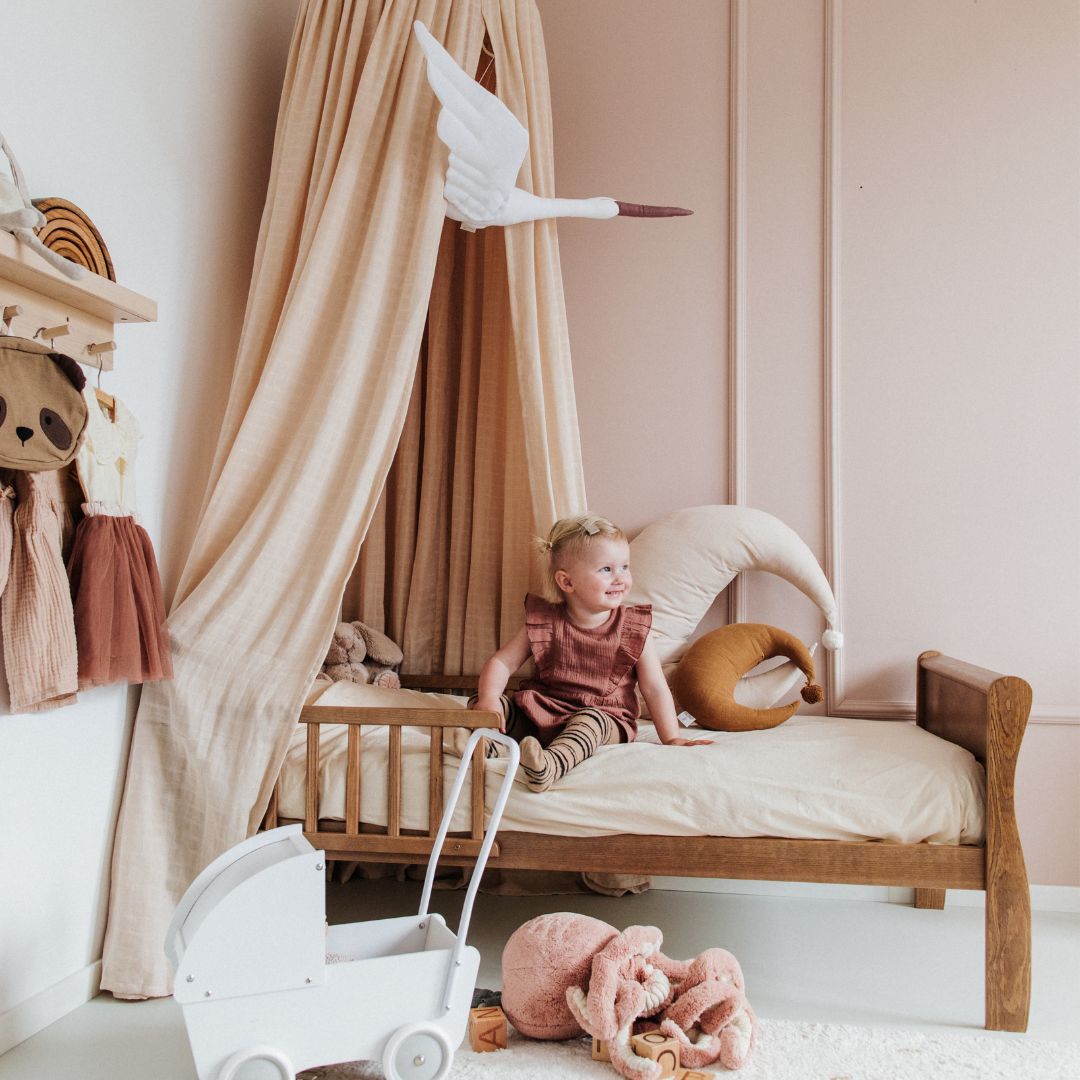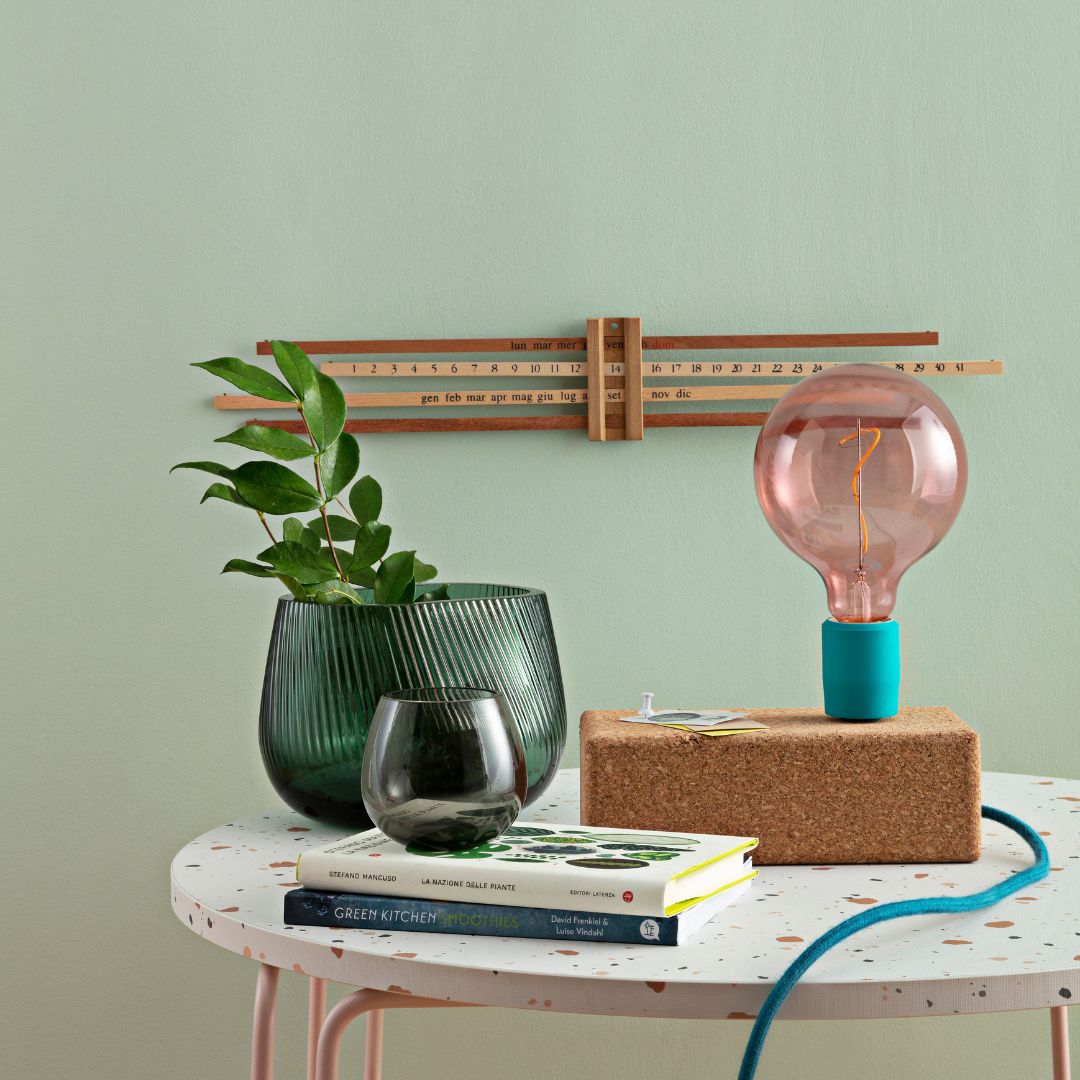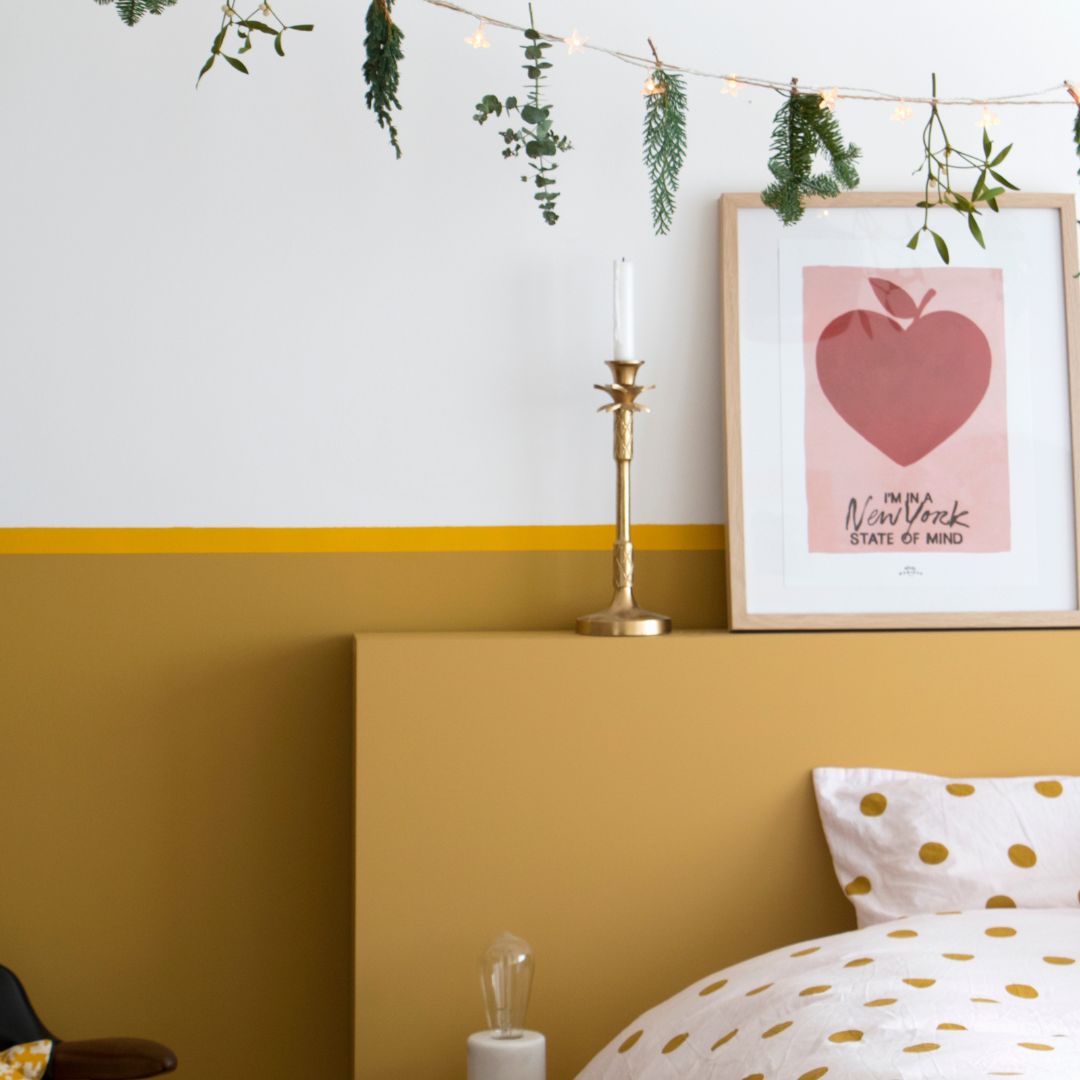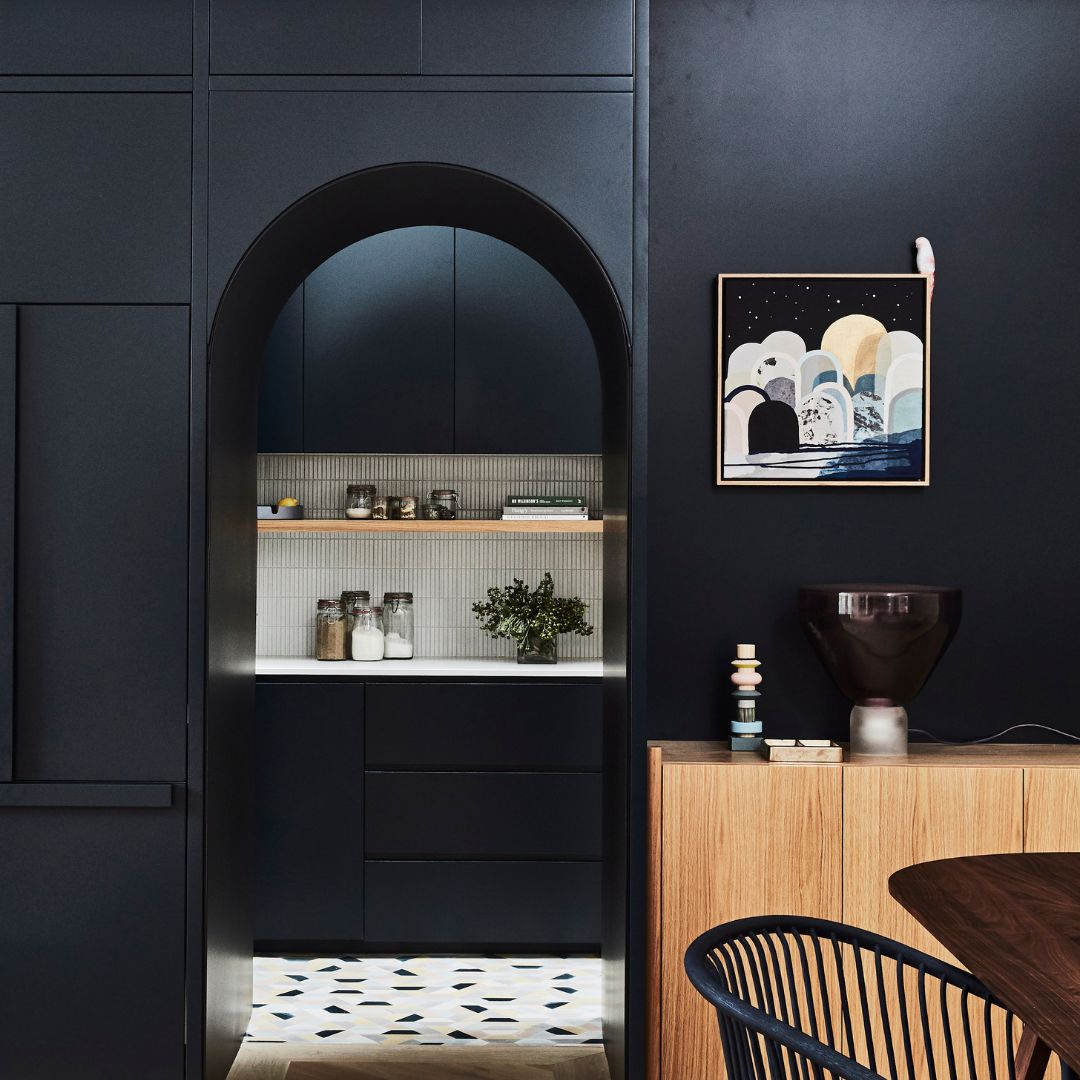-
Algo Sash Brush (Medium Size)
Regular price 9,50 € ttcRegular priceUnit price per -
Algo Sash Brush (Fine Size)
Regular price 7,90 € ttcRegular priceUnit price per -
Algo Sash Brush (Large Size)
Regular price 11,50 € ttcRegular priceUnit price per -
Algo Radiator Brush 35mm
Regular price 5,50 € ttcRegular priceUnit price per
Choose your colors with ease
-

Find the perfect shades with our color consultant
Book your free coaching -

Easily choose your shades with our samples
See our 100 samples -
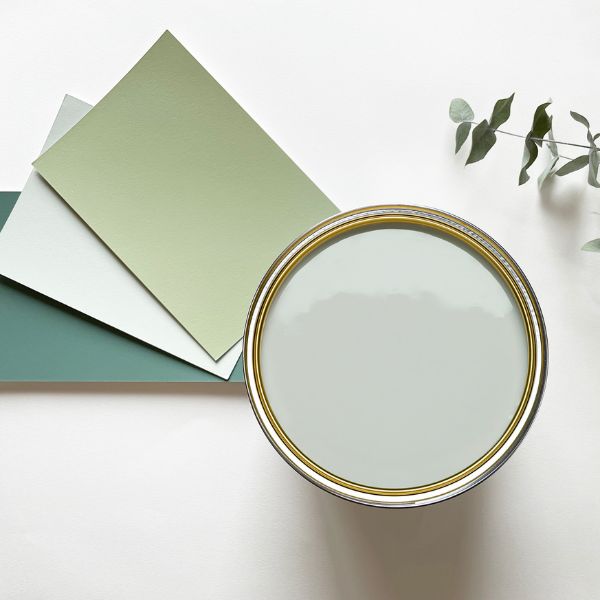
Fall for our magnificent color harmonies
See our color harmonies
-

Fast delivery
and neat -

A service
top customer! -

More than 2000
verified reviews -

Payment
secure
Most surfaces are painted with a roller or spray gun, but the sash brush is essential for finishing touches. Whether you want to paint a corner, a regular surface, a molding, or a radiator, the Algo team has the solution, offering a full range of professional-quality brushes for your home.
Choosing the right brush is simply essential for two reasons: the technical quality of the application but also the overall aesthetics of the project: the particularity of the bristles, handles and shapes often implies a specificity linked to the type of surface, or even to a particular paint.
The type of brush hair: synthetic or natural?
Among the different types of hair, there are two types: synthetic hair and natural hair.
Natural bristles are more suitable for oil paints, also ensuring a high capacity to be filled with paint.
Its drawback remains its rather neutral or even weak resistance to humidity.
Brushes made with synthetic bristles have the ability to resist humidity and generally last longer.
When it comes to application, synthetic brushes offer a more subtle texture to the application with a linear application.
Another major advantage is that it is easier to clean.
The size of the handle and the brush is also an element to take into account; a longer handle, for example, will allow for more balance and more amplitude.
Brushes with short handles will ensure better precision.
The brushes we sell are made of synthetic bristles, given the type of paint we manufacture, which is water-based.
Flat or round, which type of brush should you choose?
The flat brush is perfect for even surfaces, although we prefer the roller, which offers a significant time saving when carrying out work.
Angled or “round” brushes are perfect for angles, details and contours.
This observation also applies to moldings.
We offer 3 different sizes of sash brushes that can be adapted to all types of projects: a fine size, a medium size or even a large size.
If the surface is irregular or small, a fine-toothed brush is recommended. Conversely, a broad-toothed brush is more suitable for larger surfaces.
How to paint with a brush?
To obtain the most uniform result possible, it is recommended to paint with regular movements and not to overload the bristles of your brush.
Working by zone also helps to contribute to the aesthetics of the rendering and also eliminates the possibility of having a variation in shade when drying.
